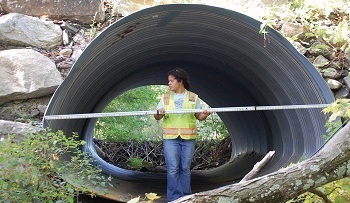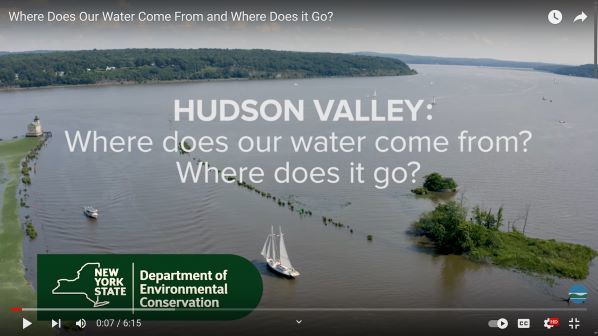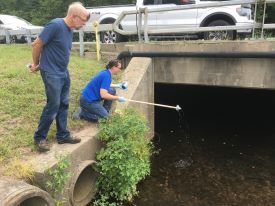DEC Awards $255,240 to Reduce Flooding and Improve Habitat; New Video on Source Water in the Hudson River Valley; Watershed Characterization Technical Assistance
The New York State Department of Environmental Conservation sent this bulletin on 07/27/2022 10:35 AM EDT |
| DEC Delivers - Information to keep you connected and informed from the NYS Department of Environmental Conservation |
| Share or view as a web page || Update preferences or unsubscribe |
Hudson RiverNet
|
In This Issue:
DEC Awards $255,240 to Reduce Localized Flooding and Improve Habitat
Ulster County was awarded $125,464 to develop an interactive map and prioritization web tool to allow county and municipal decision-makers address current and future inadequate road-stream crossings. The map can be filtered to display each of the County’s 24 municipalities The project also will assess road-stream crossings in five municipalities in the Lower Esopus Watershed and will complete conceptual designs for eight priority crossings within the City of Kingston and the Towns of Hurley, Marbletown, Olive, and Ulster. Trout Unlimited (TU) was awarded $129,776 to identify priority road-stream crossing replacement projects that reconnect high-quality aquatic habitat and improve community flood resiliency and road infrastructure condition within the town of Berlin, Grafton, and Brunswick, NY. The project will include the evaluation of road stream crossing survey data; an evaluation and prioritization of the results of the survey; and the development of conceptual and final designs for the highest priority aquatic barriers in each town. The survey results will be compiled into an inventory document and a web-based map resource for each town to further support future budgeting and planning efforts. New Video: Where Does Our Water Come From and Where Does it Go?Where does our drinking water come from, and where does our wastewater go? This video, now available on DEC YouTube, explores how water gets to your home and where it goes once it washes down the drain. Learn about the different sources of water, including surface water and groundwater. Discover local examples of drinking water supplies for residents of the Hudson River Valley and common water treatment steps. Learn more about your drinking water by contacting your local health department for advice on locating your Annual Water Quality Report or testing your private well. Find your water provider. Read your Annual Water Quality Report. Learn more about DEC's Drinking Water Source Protection Program. Watershed Characterization Technical Assistance
HRWA will work with advisory committees from the Sparkill Creek Watershed Alliance and the Town of Ancram Conservation Advisory Council to characterize two watersheds:
Developing a watershed characterization report is the first step in watershed planning. It provides context for future planning and can be used for education and to build local support. |



 The
The